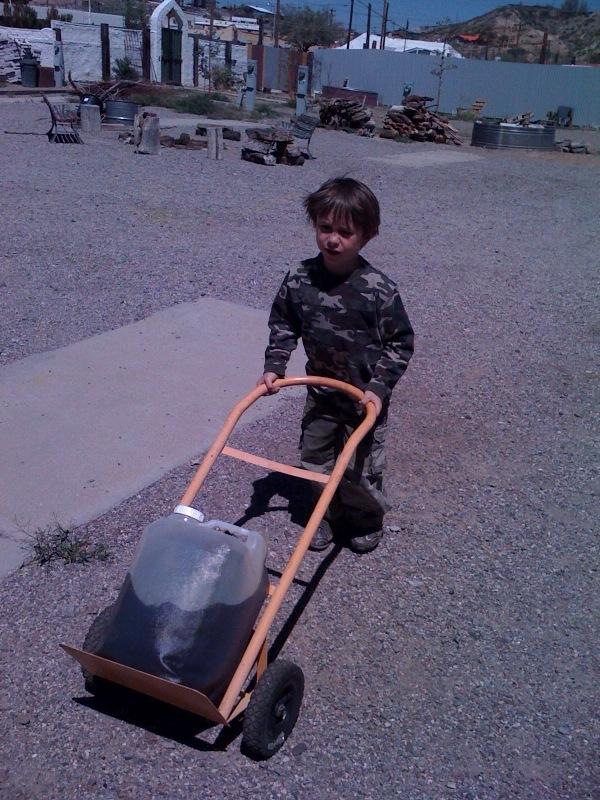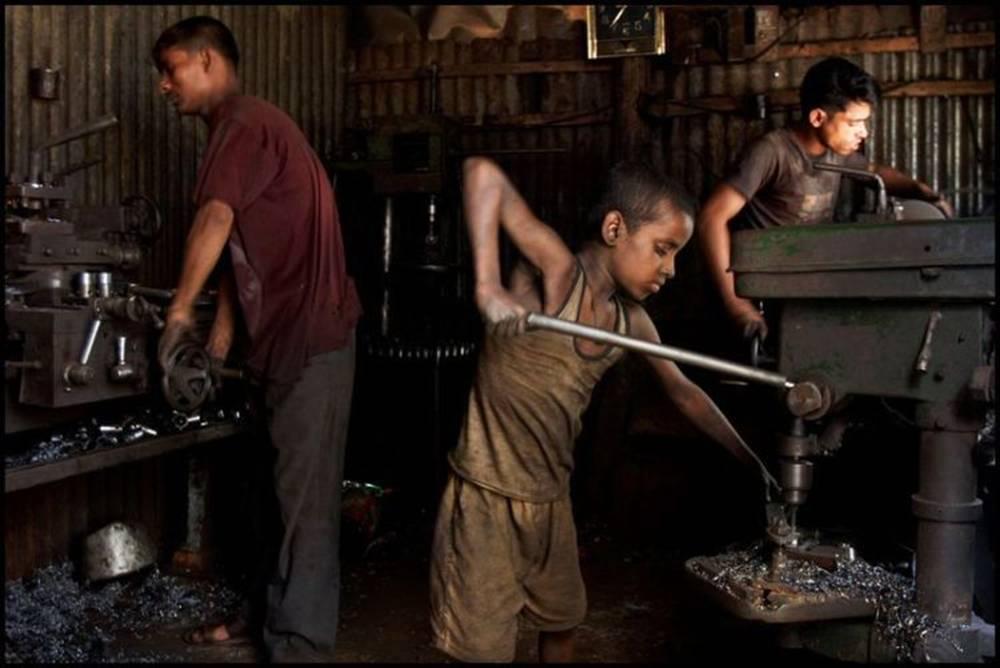In the heart of Africa’s vibrant landscapes, where the whispers of ancient traditions blend with the rhythm of modernity, a troubling narrative unfolds, often hidden beneath the allure of its thriving tourism industry. While travelers flock to witness the continent’s breathtaking beauty and rich cultural tapestry, a darker story lingers in the shadows—one of exploitation and vulnerability. This article delves into the complex web of challenges faced by children ensnared in Africa’s tourism sector, where innocence is too often traded for economic gain. As we explore this unsettling reality, we aim to shed light on the intricate dynamics at play and the urgent need for solutions that prioritize the protection and empowerment of Africa’s youngest generation. Through a neutral lens, we invite you to journey with us into the depths of this pressing issue, seeking understanding and change.
Unveiling the Hidden Realities of Child Labor in African Tourism
In the enchanting landscapes of Africa, where the promise of adventure and cultural richness draws millions of tourists each year, there lurks a somber undercurrent often unseen by the casual traveler. Behind the vibrant marketplaces and bustling streets, a grim reality unfolds — the pervasive use of child labor in the tourism industry. These young individuals, who should be basking in the innocence of childhood, are instead ensnared in a cycle of exploitation that denies them their basic rights and freedoms.
- Street Vendors: Children are frequently seen selling souvenirs and trinkets, working long hours with little to no compensation.
- Hotel and Restaurant Work: Many are employed in hotels and restaurants, performing menial tasks under the guise of training, yet rarely receiving any education or advancement opportunities.
- Tour Guides: Young boys and girls are often coerced into becoming unofficial tour guides, leveraging their local knowledge for a few coins, while missing out on schooling.
These scenarios not only reflect a violation of human rights but also paint a picture of systemic issues that require urgent attention. It is crucial for stakeholders in the tourism sector, from policymakers to tourists themselves, to recognize and address these hidden realities. Only through collective awareness and action can we hope to dismantle this cycle of exploitation and pave the way for a more ethical and sustainable tourism industry in Africa.

Cultural Commodification and Its Impact on Young Lives
In Africa’s vibrant tourism sector, the innocent charm of local customs and traditions is often transformed into a spectacle for profit. This phenomenon, known as cultural commodification, not only alters the authenticity of indigenous cultures but also affects the lives of the youngest members of these communities. Children, frequently seen as part of cultural attractions, become unintentional participants in an industry that prioritizes entertainment over education and preservation.
- Loss of Cultural Identity: The portrayal of cultural practices as mere performances can lead to a diminished sense of identity among young individuals.
- Educational Disruption: Engaging children in tourism activities often interrupts their schooling, hindering their educational development.
- Psychological Impact: Constant exposure to tourists and the pressure to perform can affect children’s mental health, leading to issues of self-worth and identity.
As these young lives are entwined with the tourism industry, it becomes crucial to find a balance that protects their rights and fosters genuine cultural exchange. By recognizing the impacts of cultural commodification, stakeholders can work towards creating sustainable tourism practices that respect and preserve the cultural heritage of these communities.

Economic Pressures and the Perpetuation of Exploitation
The intricate web of economic factors driving the exploitation of children in Africa’s tourism industry is both complex and deeply entrenched. At the heart of this issue lies the struggle for survival in communities where poverty is rampant and opportunities are scarce. Families often find themselves in a precarious position, where the immediate financial relief offered by the tourism sector outweighs the long-term consequences of child exploitation. With tourism being a significant source of revenue, the allure of quick income can sometimes overshadow the ethical considerations, creating a cycle of dependency and exploitation that is difficult to break.
Moreover, the disparity between the rich tourists and the impoverished locals often exacerbates the issue. Economic pressures manifest in several ways:
- Unregulated Labor Markets: Inadequate enforcement of labor laws allows for the unchecked use of child labor.
- Lack of Education: Financial constraints often lead to children missing out on education, making them more vulnerable to exploitation.
- Tourist Demand: The demand for cheap labor in tourism hotspots incentivizes the use of children for various services.
Addressing these economic pressures requires a multi-faceted approach that includes improving educational opportunities, enforcing labor laws, and promoting sustainable tourism practices that do not rely on exploitation.
Strategic Interventions to Protect Vulnerable Youth
Addressing the exploitation of children in Africa’s tourism industry requires targeted measures to safeguard vulnerable youth. Community education is pivotal, fostering awareness about the rights and protection of children among both locals and tourists. Equipping communities with knowledge empowers them to identify and prevent exploitative practices. Strengthening legal frameworks is also essential; governments must enforce stringent laws that protect children and hold offenders accountable. Collaborating with international bodies can enhance these legal measures and ensure their effective implementation.
Economic empowerment programs can provide families with alternative income sources, reducing the dependency on child labor. Vocational training and education initiatives not only offer skill development but also create pathways for sustainable livelihoods. Partnerships with local NGOs can amplify efforts, combining resources and expertise to support at-risk youth. By establishing safe spaces and helplines, children can access immediate support and guidance. Collectively, these strategic interventions aim to create a protective environment, ensuring the well-being and dignity of Africa’s future generations.
Wrapping Up
As the sun sets over Africa’s vast landscapes, casting long shadows across its breathtaking horizons, the complex tapestry of the tourism industry continues to unfurl, revealing both beauty and darkness. The exploitation of children within this realm is a stark reminder of the urgent need for collective awareness and action. While the continent offers unparalleled experiences and rich cultural heritage, it also calls for responsible engagement from travelers, governments, and businesses alike. By acknowledging the realities faced by these young individuals, we can begin to weave a narrative of change—one that empowers communities, protects the vulnerable, and fosters a tourism industry that thrives on ethical practices and mutual respect. As we close this chapter, let us not turn away from these truths, but rather, let us stand together to illuminate the path toward a more just and compassionate future for Africa’s children.

































